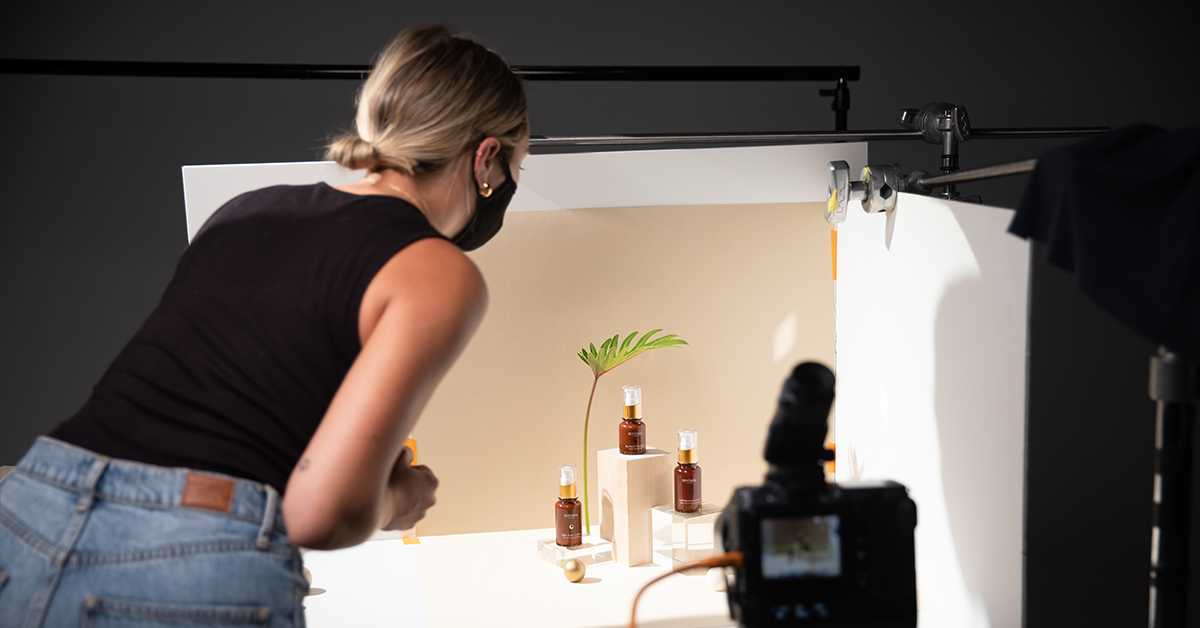Category
Tags
In a world where diversity and inclusion in business is becoming increasingly more important to discuss, providing a customer experience that is inclusive to many types of consumers is just one piece of the puzzle that can be challenging. For direct-to-consumer (DTC) brands, fostering an inclusive customer experience oftentimes starts with your eCommerce website.
A site visitor’s first impression of your brand is dependent upon thoughtful user experience (UX) design and creative assets. Creating beautiful UX and visual design for an eCommerce store is often a top priority for many online brands.
However, when it comes to ensuring that a website is inclusive to diverse groups, many merchants miss the mark. Direct-to-consumer brands should consider how their online store can become more inclusive to diverse audiences not only because it’s the right thing to do, but also because it will help your business grow.
At The Stable, we work with our clients to ensure the creative process, from research to production, takes the opportunity to address diverse groups. Here are some of the steps that our team takes to achieve this:
- Don’t Over-Assume When it Comes to Audience Personas
- Use More Diversity in Product Photography
- Allocate Relevant Resources
- Pay Attention to ADA Compliance
- Chat With Our Creative Team
1) DON’T OVER-ASSUME WHEN IT COMES TO AUDIENCE PERSONAS
It is important to recognize that audience personas often reinforce stereotypes and, as decision makers, we have the power to change how we research target audiences. For example, there is a stereotype that high income earners are not minorities and that can skew the audience personas towards certain groups.
As a way to avoid this, it’s important for creative designers to bring in “living experts”, or rather, real people who have life experience relating to a particular topic. As a foundational step in creating inclusive UX, The Stable’s creative team strives to conduct research that is inclusive of living experts before making assumptions about our client’s target audiences.
2) USE MORE DIVERSITY IN PRODUCT PHOTOGRAPHY
Lifestyle photography is one of the many ways brands create visually beautiful websites. This form of imagery is another way that brands have power over social change because they can use it as an opportunity to promote inclusivity. When brands go through model castings for their website photography it’s an opportunity to make choices that are thoughtful and diverse.
3) ALLOCATE RELEVANT RESOURCES
Living experts should not only be used when performing external research, but also within your own team or agency consultants. When assigning resources to produce new designs or new creative assets, it’s important to consider the source. Choose to leverage living experts within your own org, or through your agency partners, whenever possible. This practice ensures that important perspectives are not missed.
4) PAY ATTENTION TO ADA COMPLIANCE
ADA compliance is an integral part of being an inclusive brand. Providing accommodations such as visual aids and verbal search capabilities on your website are all ways to reach consumers that may not be able to use your website otherwise. If your online store is not ADA compliant, it risks not only deterring potential segments of site visitors, but being completely inaccessible to willing buyers. Not to mention, any plaintiff can sue a company for a non-compliant site.
CHAT WITH OUR CREATIVE TEAM
Want to talk more about implementing any of the topics above in your brand’s UX Design strategy? Feel free to reach out to us here.




